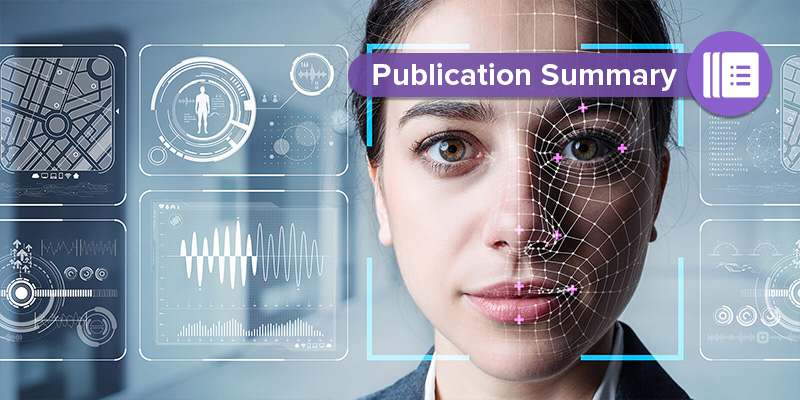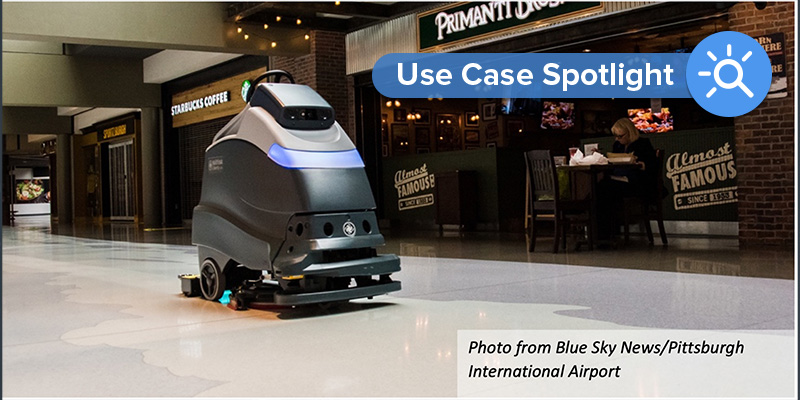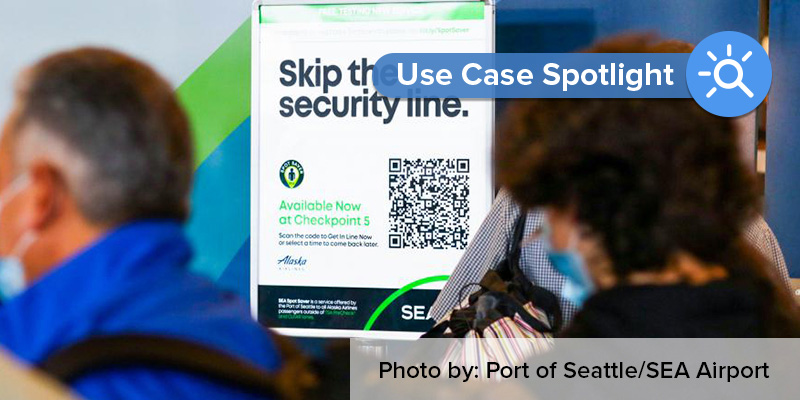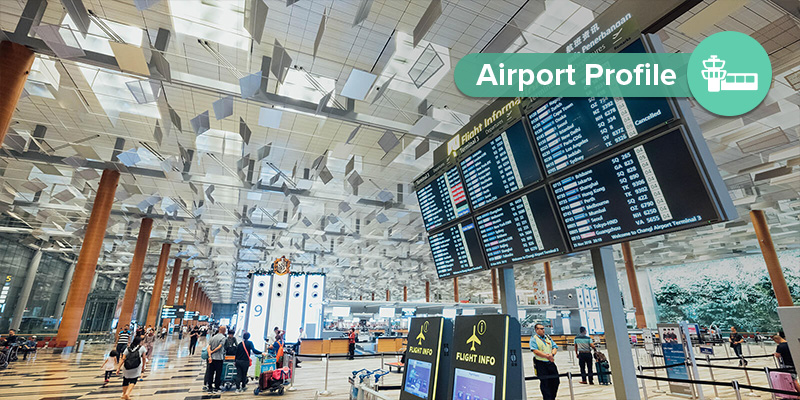Introduction
Airports are intricate hubs bustling with millions of travelers each year, facilitated by numerous stakeholders, including the airport operator, airlines, regulatory agencies, concessionaires, and vendors, among others. Meeting the needs of this collective presence currently involves substantial energy and water consumption and significant waste generation.
However, organizations across all industries are increasingly focused on sustainability efforts—conserving resources, reducing negative environmental impacts, and promoting practices that can be continued indefinitely without depleting natural resources or harming ecosystems. These efforts can have many benefits, such as operating cost savings, future proofing, regulatory compliance, improved public and stakeholder perceptions, and reduced pollution in surrounding areas.
This article delves into several examples of fostering sustainability in the aviation sector and enhancing the eco-friendliness of airports.
Aviation Industry Initiatives Around Sustainability and Environmental Impacts
The Environmental Affairs Committee, a committee on environmental issues at Airports Council International-North America (ACI-NA), “is responsible for the development and implementation of ACI-NA environmental policy positions on issues such as noise, air quality, water quality, waste management, wildlife, and environmental review processes.”[1] This group also works with government entities to help shape national policies affecting the airport environment. Airport operators may want to consider getting involved in groups like ACI-NA and attending their conferences and working group sessions.
Another example is the Green Airports Recognition program, run by ACI World. This program was designed to “promote environmental best practices to minimise aviation’s impact on the environment and recognise airport members who have outstanding accomplishments in their environmental projects.”[2] This initiative increases collaboration across airports and gives recognition for successful programs in the industry. In 2023, Green Airports Recognition focused on airports from Asia-Pacific and the Middle East sharing their best practices in eliminating single-use plastics; in 2022, they recognized 12 airports for their achievements in reducing Scope 1 and 2 carbon emissions.
Renewable Energy Integration
Many airports are investing in renewable energy sources, such as solar panels and wind turbines, to generate cleaner energy. For example, Los Angeles International Airport (LAX) has installed a massive solar array that generates electricity for its operations. According to the Los Angeles World Airports website, “The first LAX on-site renewable energy project was completed in 2021 at the new Airport Police Facility. The project has a 75 kW system capacity with an annual generation of over 153,000 kWh of solar energy equivalent to providing power to 19.7 homes per year.”[3] Other airports in sun-rich environments could also take advantage of solar power, which can lower both the cost and environmental impacts of the airport’s operations.
Electric Ground Support Equipment
Airports are increasingly replacing traditional ground support equipment—like baggage tugs and passenger buses—with electric alternatives. For example, during an innovation and technology session at the 2022 ACI-NA Annual Conference, session panelists representing a large U.S. airport shared how they view electrification as a foundational element to implement right now, with the expectation that sources of electricity will become cleaner and more sustainable over time. While answering questions from the audience, panelists also touched briefly on battery technologies and the need for more sustainable battery chemistries and improved recycling technologies.
Another large U.S. airport, San Francisco International Airport (SFO), has an extensive fleet of electric buses and ground vehicles. A recent article on the airport’s website describes how, in 2020, SFO began replacing on-campus buses with new electric versions, as well as upgrading their electrical infrastructure and adding charging stations, as part of their plan to achieve carbon neutrality.[4]
Sustainable Terminal Design
Several airports have constructed or renovated terminals with a focus on sustainability, specifically in the areas of energy efficiency, water conservation, materials and resource management, waste management, and biodiversity and landscaping. One example is the Changi Airport in Singapore, complete with energy-efficient designs and extensive greenery.[5] Changi also modified their existing greenery, adding more plants and implementing automatic watering and fertilizing methods to reduce waste.[6] Airports across the world can learn from Changi as they work to improve efficiencies and become models of sustainable business.
Waste Reduction and Recycling
Airports are improving their waste management practices by implementing recycling programs and reducing single-use plastics. For example, Seattle-Tacoma International Airport has a “Zero Waste” program aimed at diverting waste from landfills by engaging passengers’ help in using fewer single-use products and increasing recycling. The airport wants to be a leader in green, energy-efficient airport operations.[7]
A more extensive example is Hamad International Airport’s comprehensive recycling program, which reuses all of the airport’s wastewater: “Through the airport’s dedicated wastewater treatment plant, 100% of the wastewater generated from the airport is reused for landscape irrigation,” which means no wastewater is discharged to the sea.[8]
Even small steps in this area are helpful, such as installing water refill stations that enable passengers to fill reusable bottles instead of single-use containers. This modest yet impactful measure promotes sustainability and provides a cost-effective starting point for airports looking to kickstart sustainability efforts.
Carbon Neutral Programs
Some airports are taking action to offset their carbon impacts on the environment. For example, Helsinki Airport in Finland has a program that supports renewable energy and forest conservation projects. Along with offset programs, other steps can be taken to reduce overall carbon footprint. According to an article published by Finavia, Helsinki Airport used the following five methods to reach carbon neutrality:[9]
- Solar power plant on the rooftop,
- Apron buses that run on waste-based diesel,
- Lighting changed to LED lamps,
- Wind power and compensating for emissions, and
- Engaging other stakeholders to reduce emissions.
Sustainable Transportation
Airports are increasingly integrating with public transportation systems to reduce the number of individual trips taken in cars. Notable examples include Portland International Airport in Oregon and Phoenix Sky Harbor (PHX) in Arizona, both of which have developed seamless connections to their terminals.
In Portland, the Metropolitan Area Express (MAX) light-rail network boasts “almost 100 stations and 60 miles of track,”[10] providing extensive transportation options for residents. The MAX system offers convenient links to the airport and to key locations within the city. In Phoenix, the automated PHX Sky Train transports travelers around the airport campus and includes a connection to the Valley Metro Rail. The Sky Train project was funded through customer facility fees for rental cars and passenger facility charges, methods that other airports may be able to leverage.[11]
Sustainable Procurement
Numerous airports are embracing sustainable procurement policies, which inform their selection of products and services with reduced environmental footprints. These policies enable the use of eco-friendly building materials and the integration of energy-efficient lighting systems, aligning airport operations with environmentally responsible practices.
Conclusion
As cultural awareness and regulatory attention toward sustainable practices continue to rise, airport operators may want to invest time and resources in researching these and other options. Possibilities are certain to expand, in step with the continual trajectory of technology and innovation.
References
[1] Environmental Affairs Committee, ACI-NA, Accessed November 2023, https://airportscouncil.org/committees-programs/environmental-affairs/.
[2] Green Airports Recognition, ACI Asia-Pacific and Middle East, Accessed October 2023, https://www.aci-asiapac.aero/advocacy/environment/green-airports-recognition.
[3] Sustainability Elements: Energy Management, Los Angeles World Airports, Accessed October 2023, https://www.lawa.org/lawa-sustainability/sustainability-elements-energy.
[4] SFO Clean Vehicle Fact Sheet, San Fransisco International Airport, April 2021, https://www.flysfo.com/sites/default/files/2022-05/Clean_Vehicle_Policy_Fact_Sheet_April_2021.pdf.
[5] Changi Takes Big Steps to Go Green, Changi, April 2018, https://www.changiairport.com/corporate/media-centre/changijourneys/the-airport-never-sleeps/changi-takes-big-steps-to-go-green.html.
[6] Refreshed Green Wall Breathes New Life into Terminal 3, Changi, April 2018, https://www.changiairport.com/corporate/media-centre/changijourneys/the-changi-experience/refreshed-greenwall-breathes-new-life-into-terminal3.html.
[7] SEA Strives to Reduce Environmental Impact, Port of Seattle, September 27, 2019, https://www.portseattle.org/commission-blog/2568/sea-strives-reduce-environmental-impact.
[8] Hamad International Airport Reaffirms Its Commitment Towards Environmental Sustainability on World Environment Day 2023, Hamad International Airport, May 4, 2023, https://dohahamadairport.com/press-releases/news/hamad-international-airport-reaffirms-its-commitment-towards-environmental.
[9] Helsinki Airport Is Carbon Neutral. Here Are 5 Concrete Actions that Ensure Carbon Neutrality, Finavia, May 2, 2018, https://www.finavia.fi/en/newsroom/2018/helsinki-airport-carbon-neutral-here-are-5-concrete-actions-ensure-carbon-neutrality.
[10] MAX Light Rail, Travel Portland, October 9, 2023, https://www.travelportland.com/plan/max-light-rail/.
[11] Light Rail, Guide to Phoenix Sky Harbor International Airport, Accessed October 2023, https://airport-phoenix.com/transport/light-rail-in-phoenix-airport/.
Header photo by Singkham on Pexels, modified by Barich Inc.





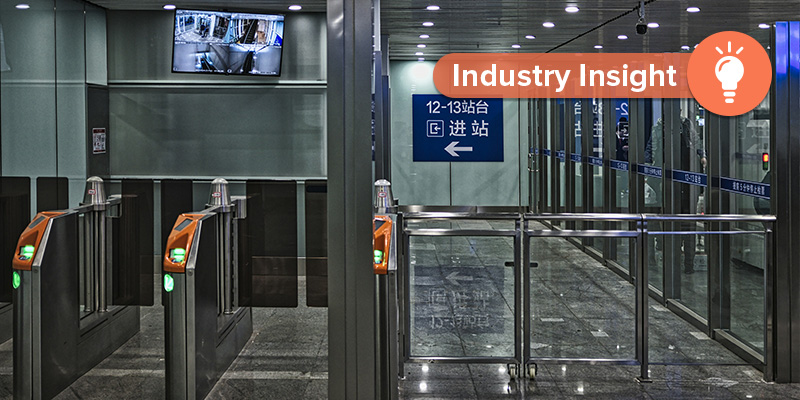


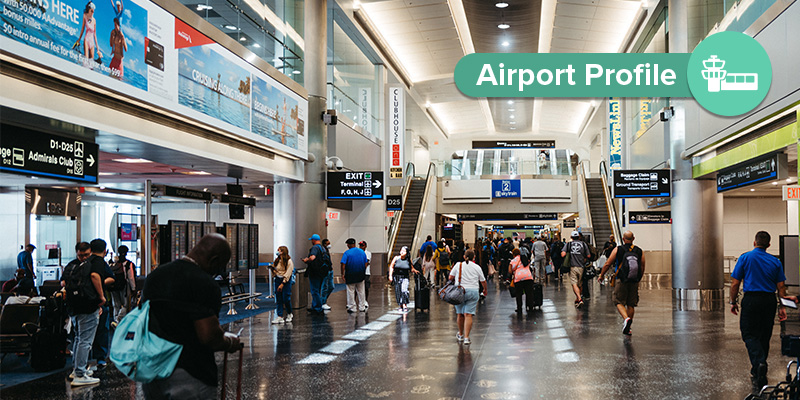
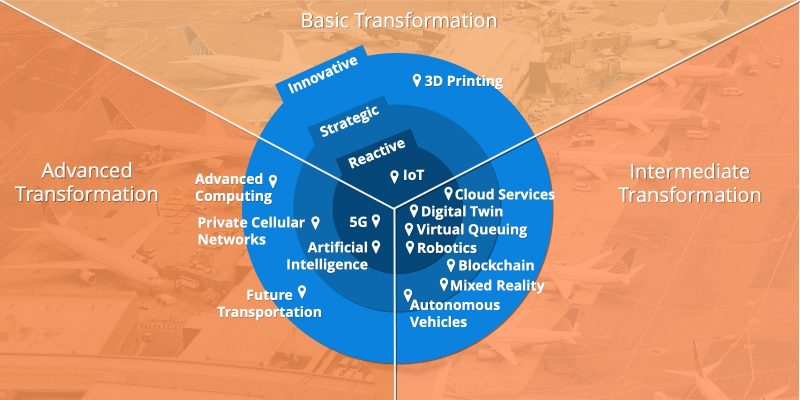




 Figure 1: The Airport Digital Environment
Figure 1: The Airport Digital Environment

